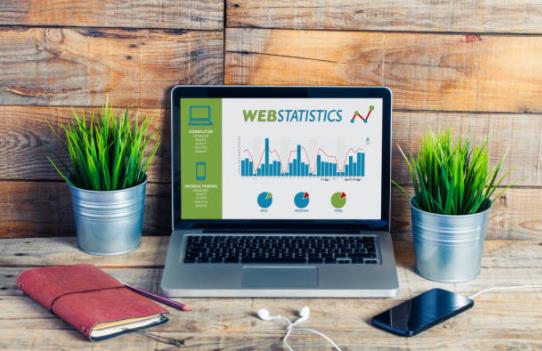When you're creating your website, do you want it to rank high or low? The answer is probably option number one. To achieve that, though, you need to be aware of how search engines work and how to use them to your advantage.
That's where search engine optimization (SEO) comes in. In a nutshell, SEO is a set of tools that, when used properly, can significantly improve a website's performance. It's divided into technical, off-page, and on-page SEO.
And while the first two require a third party, on-site optimization can be partially done by yourself. You simply need to have the know-how. If you're interested in learning more, you can also have a webinar to discuss On-page Seo with a larger set of people, Webinar Care is the best place to do this.
In the guide below, we've described efficient on-site SEO techniques that will help you boost your page up the Google search ranking.
Navigation of Contents
What is On-Site SEO
But before we get to the main point, let's learn a little bit more about what on-page SEO is exactly. You've probably come across the term when searching for SEO services for Australia, the US, UK, or any other region that interests you.
But do you know what makes it different from technical and off-site SEO?
In short, the prefix “on-site” means that you optimize the content of your page to provide search engines with signals to help them understand what your site is about. You achieve that by meddling with specific factors (which we'll discuss later).
What differentiates it from off-site SEO is that the latter uses promotion methods outside your webpage, including social media, link building, and brand mentions.
Important On-Page SEO Factors
Many aspects impact your site's position in search engine rankings. In fact, Google uses over 200 ranking factors. Of course, some of them are more important than others. Still, it's a lot of information to process when creating an efficient SEO strategy.
When it comes to on-site factors, you should always pay attention to those elements of your webpage:
- Content
- Title tags
- URL
- Page speed
- Alt text and images
- Headings
- Meta descriptions
- Layout
- Responsiveness
As you can see, there are many aspects you need to consider if you want your page to land on the first page of the Google search list. But knowing about them is not enough. You also have to understand how to use them to your advantage.
How to Increase Your Traffic
Once you are aware of what you have to do to increase your search ranking, it's time to get to work. Below, we've prepared the list of techniques you should implement to make sure your page becomes successful.
Create High-Quality Content
The rule is simple. A page with great content should perform well, even without SEO, while the one with low-quality content won't stand any chance even with engine optimization.
But what makes content top-quality?
To spare you detailed information (seriously, we could write the whole article about it), your content should be:
- Original and exclusive
- Useful
- Well-researched
- Unbiased
- Diverse, so including blog posts, infographics, case studies, reviews, etc.
Work on Your URL Structure
They might not seem relevant, but URLs have a significant impact on your SEO campaign. With that in mind, taking care of your URL's structure and optimization should be one of your priorities when creating your website.
The right URL should be easy to memorize, relevant, and consists of at least one target keyword. Aside from that, you should make sure it's less than 255 characters and use hyphens to separate their different parts.
Optimize Your Images
Images can be fantastic assets to your page. When used right, they can improve your site's layout and make it much more user-friendly. You have to be cautious, though, as too large pictures can slow down your website speed, whereas too small ones lack high quality.
With that in mind, you should always optimize your images. Ensure they're of the appropriate size, and add targeted keywords on their descriptions, ALT texts, captions, and picture titles. It's best to use original images, but if you don't have any, make sure you reference the source.
Add Internal Links
Internal linking can also be described as building your own web. It involves linking to pages within your website, ensuring search engines can index your content easily. It also creates an incentive for your audience to spend more time on your site.
Of course, you can't just put your links wherever you want. The best practice is to add them where they seem relevant. When it comes to internal linking, relevancy is your key to success. Also, don't forget that you shouldn't use keywords only for your internal links.
Final Note
On-page SEO is critical in building a successful engine optimization campaign. Without ensuring your site has a user-friendly layout, great content, and technical aspects in order, there is no point in even considering off-site optimization.
Aside from examples given in the article, there are other factors that may help you rank better. For instance, making your page mobile-friendly is a positive ranking factor, as well as including external links in your content.
Once you get everything right, you can be sure that your Google ranking will skyrocket, leading to higher organic traffic and most likely resulting in more money on your bank account.
